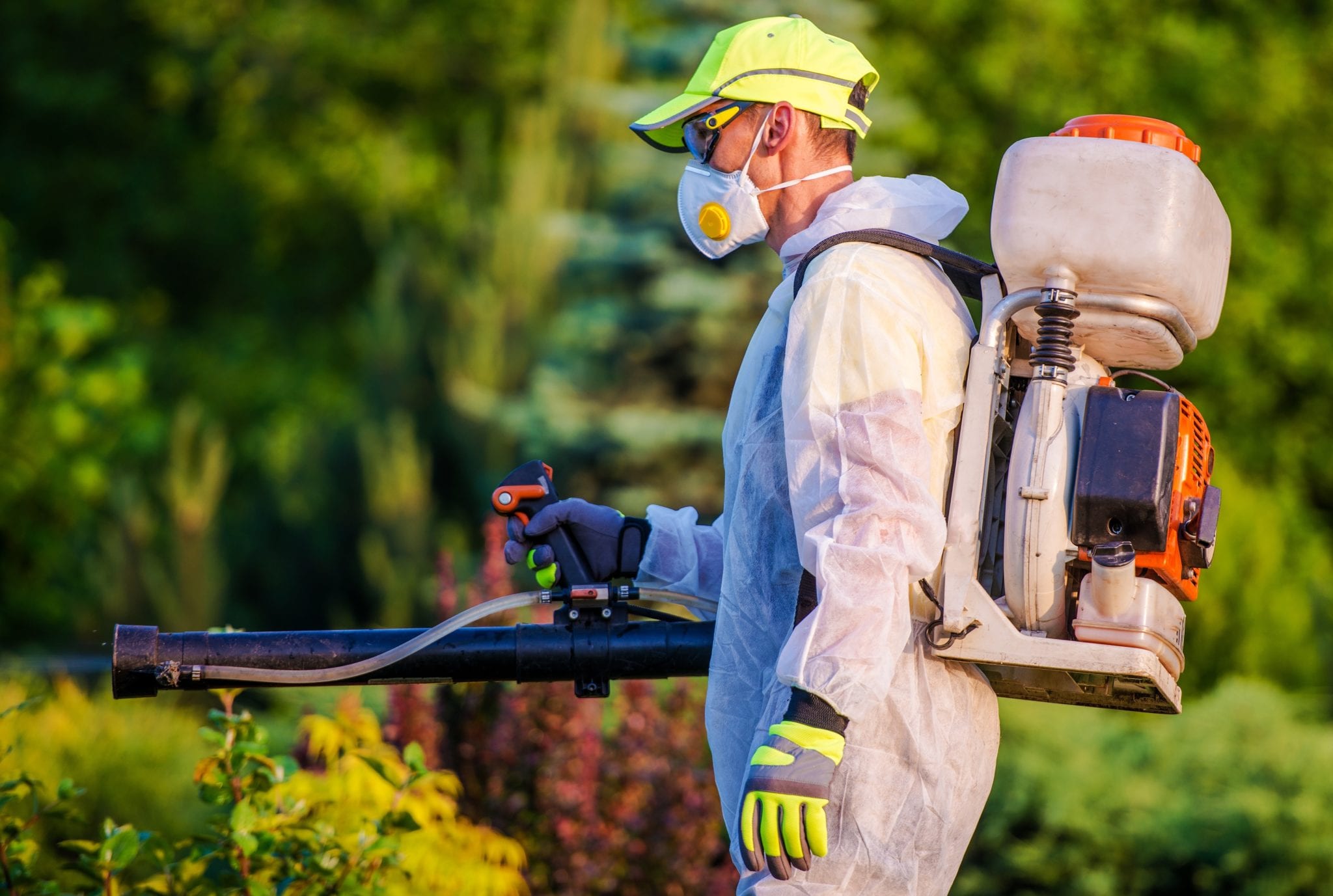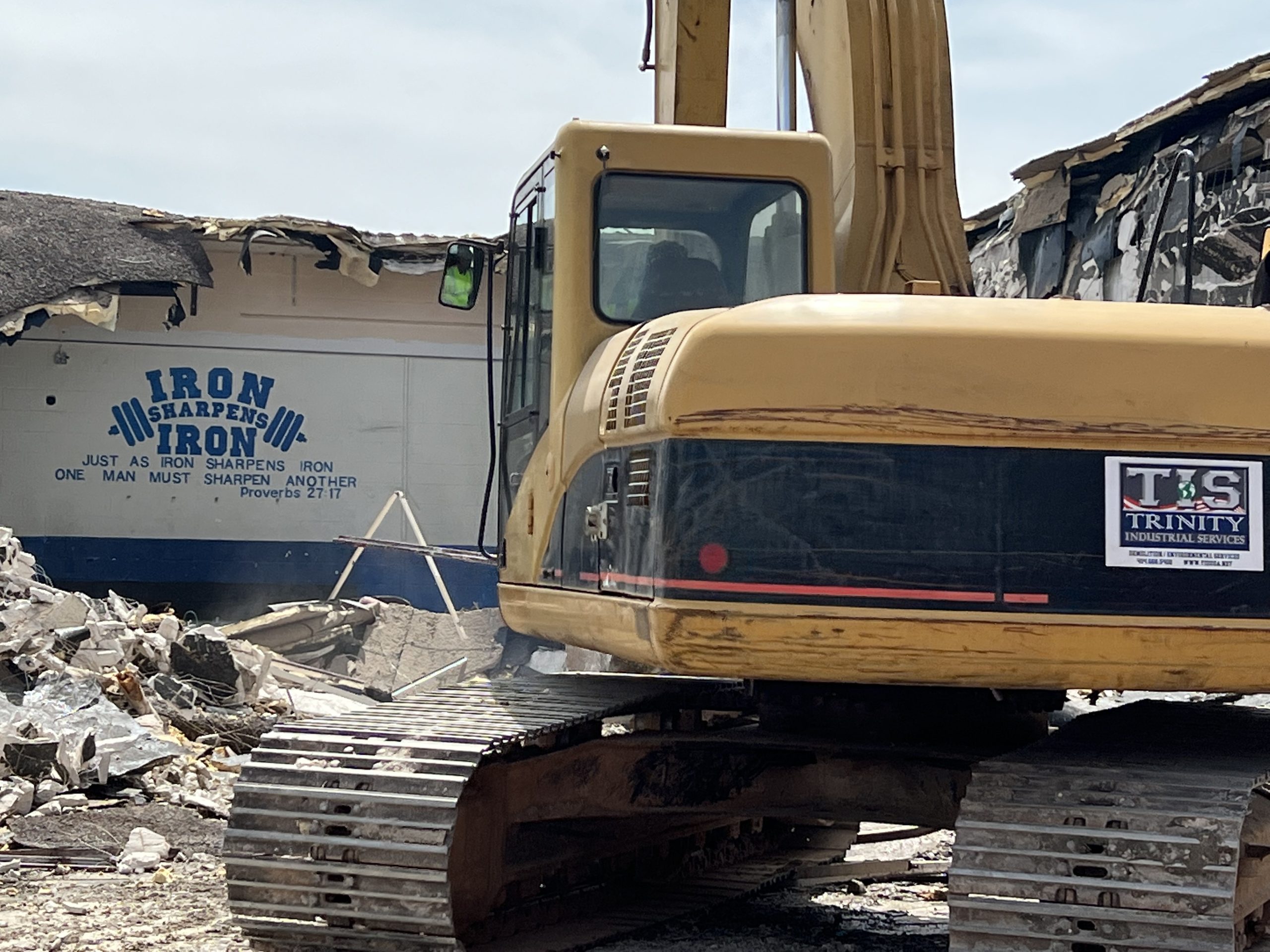The popularity of soft roofing as a roof covering is growing every year. This is due to its high-quality characteristics: water resistance, strength, fire resistance, and noise insulation. Plasticity combined with flexibility allows this material to be used on roofs with complex geometry.
This group includes materials based on fiberglass and bitumen: ondulin, roofing felt, membrane coating, and soft tiles. They are produced in rolls or individual items. However aggressive environmental conditions, failure to comply with operating conditions, or installation errors can lead to various types of damage.
Inspection of the roof and detection of defects
To extend the service life of the soft roof, the coating should be inspected for damage every season:
- Peeling of coating elements at seams and along overlaps
- Blisters on the surface (result of moisture penetration under the coating)
- Cracks and dents
- Mechanical damage to the top layer by tree branches, snow guards, antennas, etc.
- Presence of moss, mold, fungi
- Depressurization of patches
All these damages lead to the appearance of different types of leaks. They can appear during or immediately after rain, periodically (not after every rain), or during a thaw when the snow melts. The appearance of leaks is especially influenced by the choice of roof structure and material, the quality of installation, and compliance with building codes.
Important! Specialists will help you to correctly select the type of roof, its design features, and roofing material.
What types of soft roof repairs are there?
The items that will be included in the estimate for soft roof repairs depend only on what kind of repairs are to be performed:
Current repair of soft roofing.
Aimed at removing minor damage: holes, cracks, leaks in joints, swellings. repair and installation of soft roofing the affected areas of the roof are cleaned of dust, dirt, and insects, coated with bitumen, sealed with a piece of roofing felt, and poured with bitumen again. To eliminate micro-damage, a special material for soft roofing repair is suitable in the form of a liquid mixture, which, when hardened, resembles very strong rubber.
The joints are also treated twice with bitumen, after having dried the seam and the space underneath with a burner. If partial rotting is found along the edges, the affected areas and 2-3 cm of good material are removed and sealed with a patch. After cleaning and drying the roof surface under the defect, first. If moisture penetrates under the waterproofing layer, swellings appear.
The coating may swell, or a bump may appear on the concrete roof slab. In any case, the damaged area of the material is cut off, the concrete base is leveled if necessary, and then the space for the patch is cleaned and dried.
Minor repairs can also include repairs to soft roofing in winter, since in cold weather, nothing can be done about a leak except a patch. According to technical specifications, repairs and installation of soft roofing should only be carried out on a dry base, so the defective area must be thoroughly dried with a gas burner. Then, a piece of the required size is cut from a roll of fused polymer-bitumen waterproofing, evenly heated, and pressed onto the damage. The patch should go 5 – 10 cm onto the solid coating.
Major repairs of soft roofing.
A labor-intensive process that includes dismantling the old covering and gutters, parapets, and aprons; repairing of cement screed with the application of primer or installation of vapor-waterproofing and insulation (depending on the roof structure and type of roofing), laying a new roof and installing parapets, ebbs, gutters.
The technology of soft roof repair
Competent roofers begin any repair work by preparing the roof base. The entire space where roofing work will be carried out should be thoroughly dried and cleaned of dust, dirt, and construction debris. If it is necessary Technology of soft roof repair to level the base, a cement-concrete screed is made.
After this, the soft roof repair involves priming the surface with a special composite mastic, which provides high waterproofing and anti-corrosion performance of the roof. It is evenly distributed over the entire surface with a brush or roller.
The mastic penetrates all micro-holes and binds the smallest particles together. The result is a durable and moisture-resistant base for fusing soft roofing coverings. Then, rusty and unusable additional metal roof elements are replaced.
The roof covering can be laid in two directions. On steep slopes, the covering is laid along the end lines perpendicular to the ridge (vertically). If the roof is flat, the covering is rolled out horizontally.
In both cases, the process begins from the bottom of the roof and rolls out the entire length of the slope. Then the next roll is laid with an overlap of 10-15 cm on the previous one. To roll out the coating and securely glue it to the base, various burners are used. The material is heated evenly and then carefully rolled out over the entire surface.
soft roof repair technology
Important! On low-pitched roofs, new roofing is checked for areas where water can accumulate.
To identify dents and holes where moisture can stagnate, the entire area is watered. Places from which liquid does not drain are marked with chalk and after drying, another thin layer of coating or bitumen is applied.
Costs of roofing repair work
After inspecting the roof, and identifying the causes of leaks and the presence of material defects, it is determined how difficult and labor-intensive the soft roof repair will be, the price per m2 of which is based on the selected material, the size of the problem area, the need for reconstruction of the concrete base or the installation of a multi-layer under-roofing cake.
Also, the need to replace metal “roofing fittings” ( gutters, ebbs, parapets, aprons) affects the final cost of the work.
Repair of a roof made of flexible tiles
Flexible shingles are repaired using a completely different principle. This spectacular covering also belongs to polymer-bitumen materials but has a completely different format. Such roofing is produced in the form of individual elements that are flexible shingles successfully laid layer by layer. This is associated with the simplicity and excellent speed of the minor repair process.
If damage is detected, the defective element is simply removed and a new one is nailed to the wooden lathing in its place. Major repairs involve the installation of a complex system of vapor and waterproofing with possible insulation. It is better to entrust this process to specialists with experience. Repairing soft roofing in winter is quite possible but with the use of additional tools.
A single sealed sheet of soft tiles is formed by melting the lower bitumen layer under the influence of high temperatures. In summer, this process occurs by itself from the sun’s heat. In the cold season, you will have to use a special construction hair dryer so that the new element is securely fastened to the adjacent pieces of the covering.
With us, you can order soft Roof Repairs in Highland Park TX, and other cities on the most favorable terms. Our managers will always consult you about the availability of materials and answer all your questions.




